How does an English major wind up recording brainwaves in a Neuroscience laboratory for her senior internship?
Well, in Fall 2017, I was working as a Supplemental Instruction (SI) facilitator for my favorite class, Standard English Grammar, and taking Neuroscience at the same time. That semester, immersing myself in what would become the start of my interdisciplinary studies dual major, my passion for syntax evolved into an intense curiosity toward the brain’s linguistic mechanisms. My final course paper, “Representation of Words in the Brain,” sparked a career-inspiring discussion during office hours with my Neuroscience professor, Troy Smith.
When I asked him how I could learn more about what areas of the brain are active during sentence diagramming, he pointed me to the field of psycholinguistics and explained how the University of North Georgia (UNG) was already equipped with an excellent tool for studying real-time language processing in the brain: electroencephalography (EEG). That’s right, brainwaves!
However, while my original questions had been about mapping the areas of brain activity during sentence parsing, I learned that current brain imaging methodologies that investigate specific locations of activity in the brain, such as functional magnetic resonance imaging (fMRI), are often too slow to keep up with the pace at which our brains process linguistic stimuli. EEG, on the other hand, offers high temporal resolution that allows us to consider, for example, neural responses to specific portions of each sentence, once we apply the proper analyses. With EEG, we are able to capture neural activity in milliseconds by using a 16-channel electrode cap to record electrophysiological activity from the scalp. Then, the event-related potential (ERP) technique allows us to analyze ERP components, or brainwave patterns associated with specific events—in this case, the reading of a certain part of speech or functional element, or the classification of a sentence into a structural category.
Adding EEG/ERP to my skill set could carve a path forward into my dream career as a cognitive scientist and neurolinguist. But if I wanted the opportunity to work independently as the lead researcher on a project of this scale as an undergraduate, we had to find the funds to make it possible. UNG, my home institution, offers a Faculty-Undergraduate Summer Experience grant every year to support exactly this kind of immersion in research. I helped collect the ideas from our initial conversation into a more formal research proposal, and a few months later, we received the excellent news of winning the Summer 2018 grant from our Center for Undergraduate Research and Creative Activities (CURCA).
The next few months involved an extensive literature review and a great effort to narrow down my immense curiosity toward a focused, actionable research question. I decided to investigate an observation I’d made while working with my SI students: Why did students take longer to diagram two-slot transitive sentences than other structures?
I became fascinated by the potential ambiguity that can arise from two different ditransitive sentence structures that share part-of-speech word order (subject+verb+noun+noun, as in “Francine called the clown a liar,” “Francine called the clown a taxi,” and “Francine called the clown a doctor”). Thus, my first task in experimental design was to create stimulus sentences of each of the two sentence structure types as well as a third ambiguous category that could be classified into either type.
In an attempt to employ the powers of technology toward our stimuli, we wrote an algorithm that created sentences of the subject+verb+noun+noun pattern from a collection of word databases. However, our algorithm lacked semantic context and delivered nonsensical results, like “Harold criticized the rake a dipstick” and “Gregory designed the calculator a uniform.” Although those sentences could be very useful in a study of semantic violation, I knew I needed sentences with a similar semantic plausibility in my study of syntactic and thematic ambiguity in English ditransitive sentences. So, with that in mind, I wrote 350+ ditransitive sentences (about 20% of which were ambiguous) to share with experimental participants, who we asked to classify the sentences into two categories while wearing our EEG cap.
With the help of the Summer Internship Stipend from Sigma Tau Delta, I was able to continue this research in 2019 instead of taking on another unrelated summer job. I’ve been cleaning up eyeblink artifacts, working on data analysis strategies, and writing a theoretical review to contextualize the motivation for the experiment—something I hope will evolve into my first scientific manuscript for publication between undergraduate and graduate school. With this research experience in progress, I’ve been guided by the McNair Scholars Program, had the honor of recognition as a Goldwater STEM Scholar, and am now applying for the National Science Foundation Graduate Research Fellowship Program in addition to graduate programs in Cognitive Science, Experimental Psychology, Neuroscience, Linguistics, and related fields to continue work in neurolinguistics.
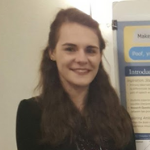 Haley Shea Barfield
Haley Shea Barfield
2019 Summer Internship Stipend Recipient
Alpha Upsilon Phi Chapter
University of North Georgia, Gainesville Campus, Oakwood, GA
Internship Stipend
Sigma Tau Delta offers funding for current undergraduate and graduate student members accepting non- or low-paying internships. The Internship Stipend is a competitive program providing a limited number of stipends of up to $1,500 each.
The internship must involve working for an “organization” while being directed by a supervisor/mentor within that organization, and the intern’s duties must be consistent with the applicant’s level of education, area of study, and career goals. Financial need will be taken into consideration in addition to internship length. Applicants are responsible for obtaining and providing verification of the internship. Please review the application guidelines for additional information.
The internship stipend does not apply to activities that are part of a student’s degree requirements, such as student teaching, and cannot be used to supplement a graduate assistantship.
Applications are due by Monday, April 26, 2021, 11:59 p.m. Central Daylight Time (CDT). Notifications will be made by May 25. Questions regarding the online submission process should be addressed to sigmatdapply@niu.edu.
Resources
To Be the Practical or the Spark; That is the Question
The Price of an Unpaid Internship
Understanding the Power of the Storyteller and the Story
My Internship at the LARB Publishing Workshop
An English Major on Capitol Hill
Spring Internship Stipend Applications Due Soon
Writing Internship for AGAPE
McIntosh & Otis Internship: Preparation for a Dream Career
An Eye-Opening and Goal-Affirming Internship: My Time with Penn Press
My Indie Summer Internship at Wise Ink
Winning an Internship with About.com


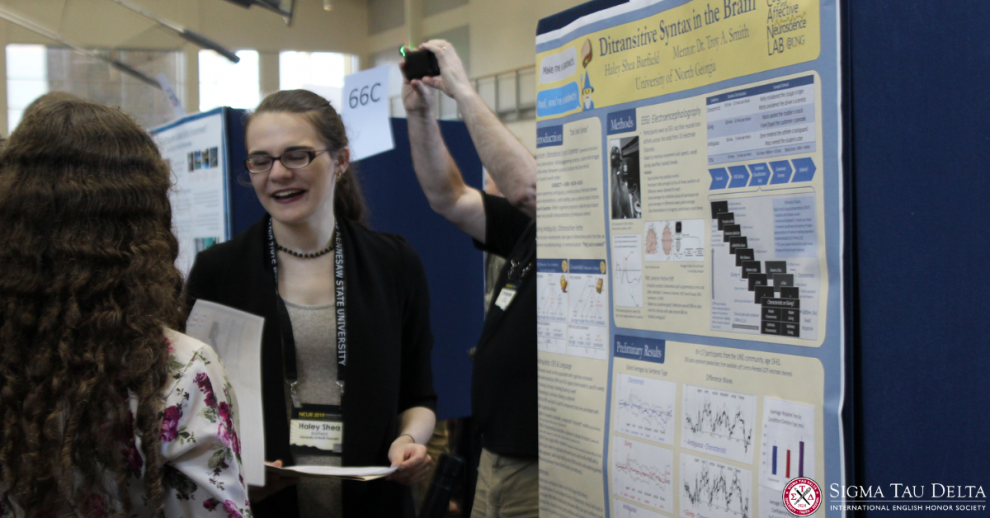
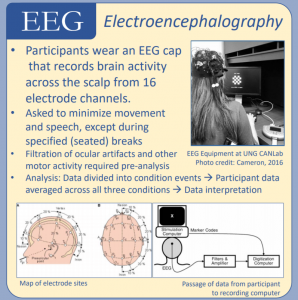
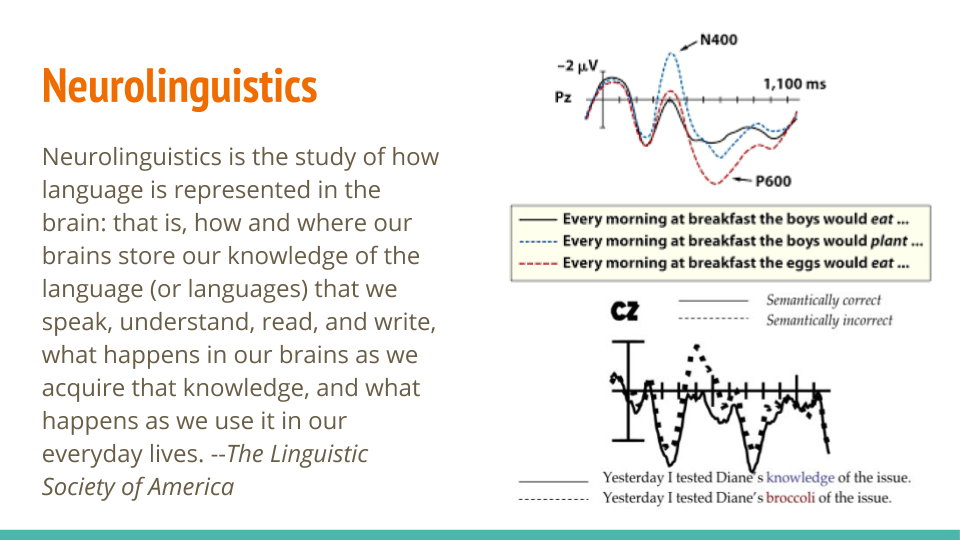
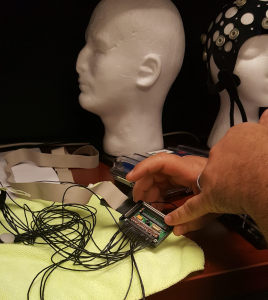


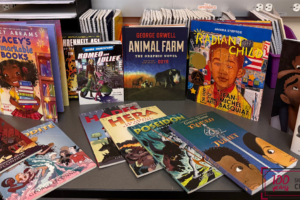
Add Comment